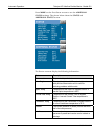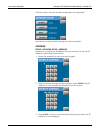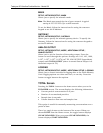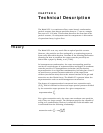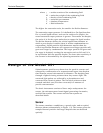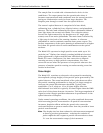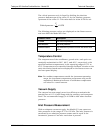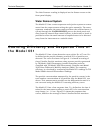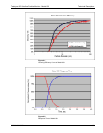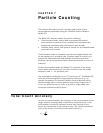
Technical Description Teledyne API Ultrafine Particle Monitor - Model 651
54 07506C DCN6727
where
= surface tension of the condensing fluid
M = molecular weight of the condensing fluid
= density of the condensing fluid
R = universal gas constant
T = absolute temperature
d = Kelvin diameter
The higher the saturation ratio, the smaller the Kelvin diameter.
The saturation vapor pressure P
s
is defined for a flat liquid surface.
For a curved liquid surface, such as the surface of a droplet, the
actual saturation vapor pressure is greater. The smaller the droplet,
the easier it is for the vapor molecules to escape the liquid surface.
The Kelvin diameter defines the critical equilibrium diameter at
which a pure droplet is stable (there is neither condensation nor
evaporation). Liquid particles with diameters smaller than the
critical equilibrium diameter will evaporate and larger particles will
grow even larger by condensation. The larger particle will grow until
the vapor is depleted, causing the saturation ratio to fall until it is
in equilibrium with the particle droplet. The lower size sensitivity of
the counter is determined by the operating saturation ratio.
Design of the Model 651
Submicrometer particles are drawn into the particle counter and
enlarged by condensation of a supersaturated vapor into droplets
that measure several micrometers in diameter. The droplets pass
through a lighted viewing volume where they scatter light. The
scattered-light pulses are collected by a photodetector and
converted into electrical pulses. The electrical pulses are then
counted and their rate (live-time corrected) is a measure of
particle concentration.
The basic instrument consists of three major subsystems: the
sensor, the microprocessor-based signal-processing electronics,
and the flow system. The sensor and the flow system are
described below.
Sensor
The sensor contains a conditioner, a growth tube, and an optical
detector (shown schematically in Figure 1-2). The sensor grows the
sampled aerosol particles into larger droplets that are detected
optically.



